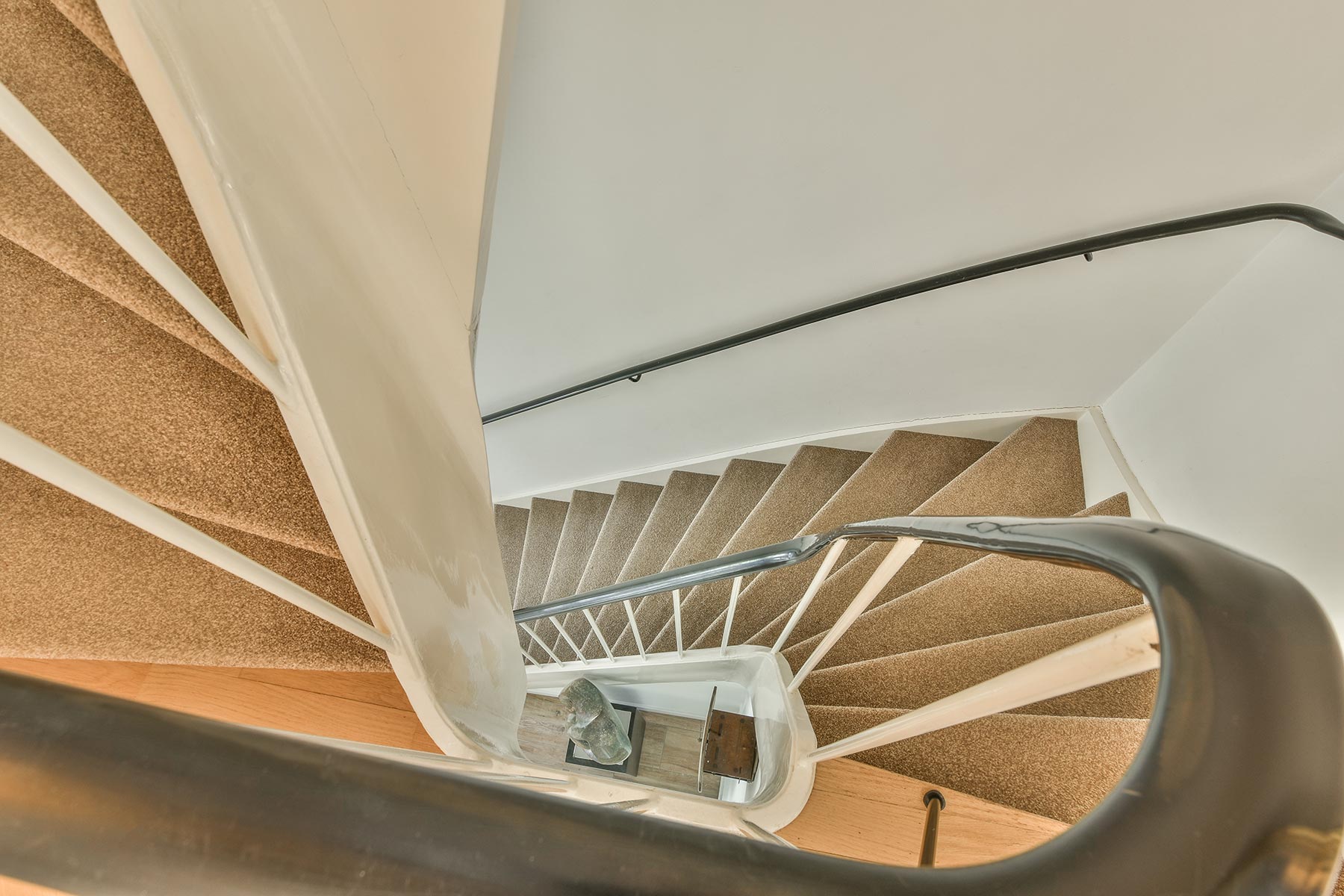
Stairlifts offer those with limited mobility a safe and practical solution for navigating a multistory home. However, selecting the best stairlift for your home can be a daunting task. There are countless features and models to choose from if you want to find the perfect stairlift, but it all begins with choosing between straight and curved stairlifts. While you might think choosing between them is as simple as looking at the shape of your staircase, that’s not always true. Keep reading to learn more about how to choose between straight and curved stairlift designs.
First, let’s discuss the key features of a straight stairlift. These are designed for staircases that follow a simple, straight path—one without any curves, landings, or turns. They operate along a single rail that’s mounted onto the stairs, making them a straightforward (no pun intended) and affordable option for most homeowners.
Straight stairlifts are ideal for homes with a basic staircase layout and no complex designs. If your staircase is just one step above another, with every step the same size and shape, then a straight stairlift is probably exactly what you need.
When many people think of curved stairlifts, they imagine a spiral staircase, with a stairlift curving gently around the outer edge of the stairs. While a curved stairlift can certainly be designed for this scenario, that’s not the only type of staircase where they can be used. Curved stairlifts are custom-built to fit staircases with curves, bends, landings, or even multiple levels. Unlike straight stairlifts, curved models need a specially crafted rail that exactly matches the curvature of your staircase.
This customization provides seamless travel across multi-level stairs, but it also makes them far more expensive than straight stairlifts. If your staircase is nothing but bends, then a curved stairlift is what you need for a safe, smooth ride between floors.

Now, you might be wondering why there’s any question about the kind of stairlift you need; if your staircase is straight, you need a straight one, and if it’s curved, you need a curved one, right? While that’s true to some extent—you certainly can’t put a straight stairlift on a spiral staircase after all—there are still some gray areas to consider.
For example, what if you have a U-turn or L-bend staircase? Some people may opt to have a separate straight stairlift for each part of the staircase, and transfer in between stairlift chairs at the landing. Other people may opt for a curved stairlift that navigates the entire staircase in one smooth ride. While the dual straight stairlifts may be more affordable, the curved stairlift will provide a smoother ride without any concerns about making a safe transfer on the landing.
In cases like these, the best option for your home is a lot less clear, and you’ll have to consider more than just the shape of your staircase to make a decision about which stairlift design is right for you.
So, if looking at the shape of your stairs alone can’t tell you which type of stairlift to get, what else should you be looking at? Here are some other important considerations:
If you’re considering either straight or curved stairlifts installation, it’s important that you speak to a professional and have them complete an in-home assessment for you. They can talk to you about your mobility needs and what your options are based on your staircase’s design. You can also go over the additional features and options that you’ll need to consider in order to select the right model of stairlift, beyond the basic shape of the rail. With their help, you can select the best stairlift option for your home, your budget, and your individual mobility needs.